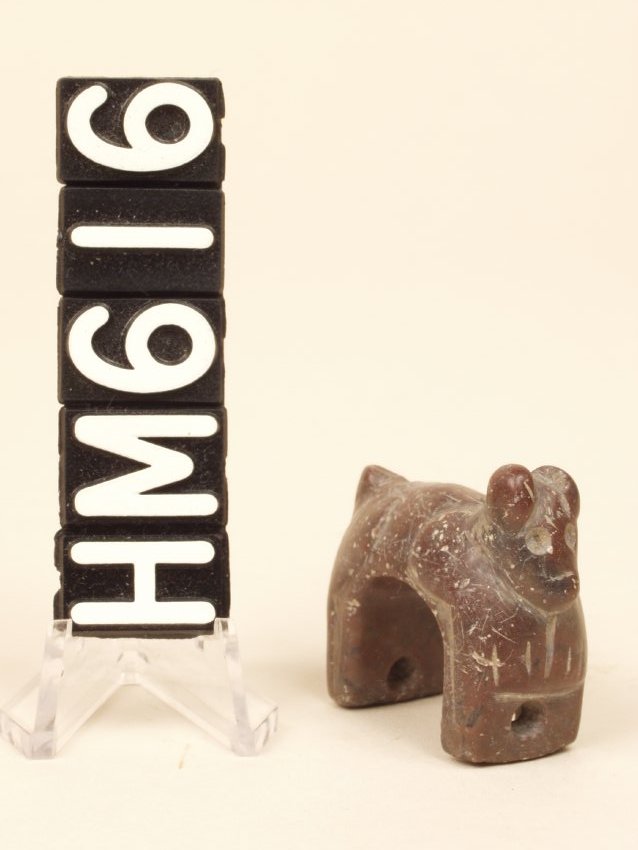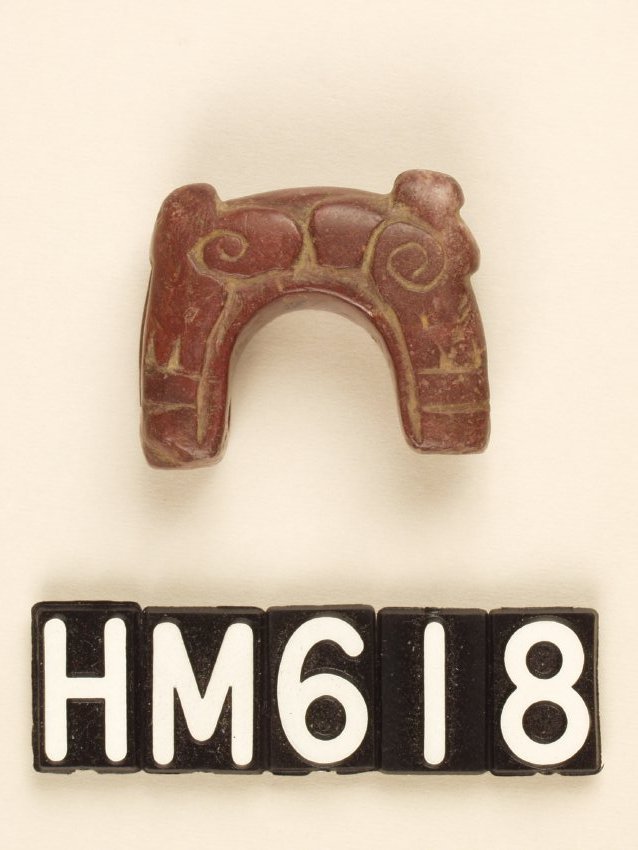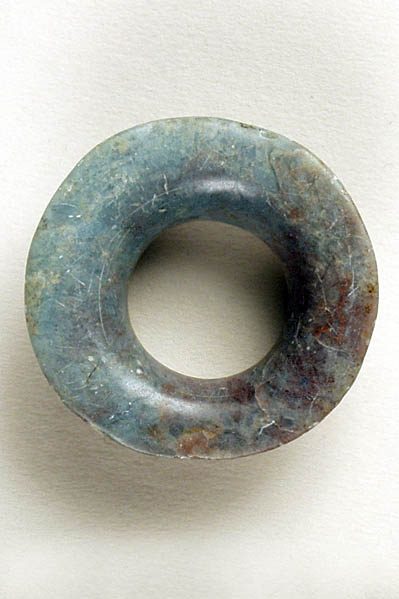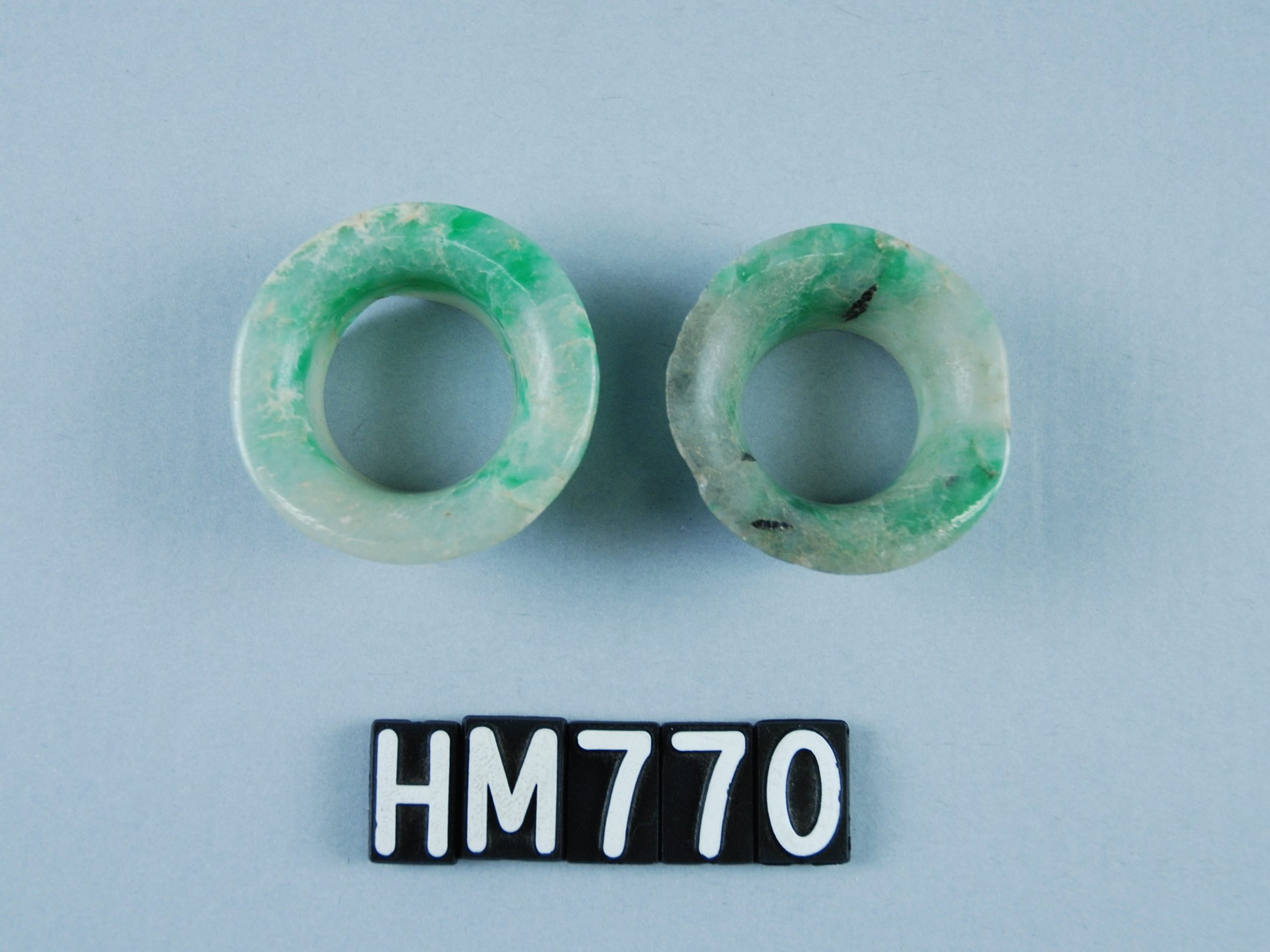Warfare
Though long-term warfare was seemingly limited during Classic times, militarism was clearly a very prevalent and important ritualistic activity for the Mayas. The emphasis placed on territorial control gave rise to feuds between rulers of neighboring cities and often led to raids of enemy camps. The need for sacrificial victims or slaves may also have been a reason for unannounced attacks. At some sites (Tikal, Seibal) defense methods such as walls and earthworks to barricade the city have been discovered. During the Classic Period guerrilla warfare techniques included the use of wooden palisades, thorny entanglements, and deadfalls. Warriors were equipped with spears, wooden clubs, flint knives, and shields for hand-to-hand combat. During the Post-classic era, influences from Mexico introduced atlatls (HM 616, 618) or spear-throwers to the Maya arsenal. The primary goal of Maya warfare was to capture rather than kill as many of the enemy as possible. Captives of elite status typically became subjects for human sacrifice, while commoners were sentenced to slavery.

Maya Ceramic Figurine
AD 600 – 900
Jaina Island
A kneeling warrior with a shield.
William P Palmer, III Collection
HM626

Maya Cylinder Vase
AD 250 – 900
This vase depicts marching warriors and the bloody remains of enemies or companions. The ovals with circles inside resemble glyphs, but are decorative only.
William P Palmer, III Collection
HM555
As depicted on murals (such as the ones at Bonampak) and on other Maya artifacts, many rituals accompanied the act of war. Ceremonies in honor of specific gods were held to gain their support, and shields and flints were decorated with symbols of these gods. Warriors ornamented themselves with headdresses, jade jewelry (earspools, lip plugs, necklaces), jaguar-skin capes and body paint indicating their status, wealth, and power, and were led into battle by trumpets, drums, yells and whistles, and magnificently feathered banners. Their fierce-looking battle attire meant to bring terror to their enemies and the supernatural forces that opposed them.





